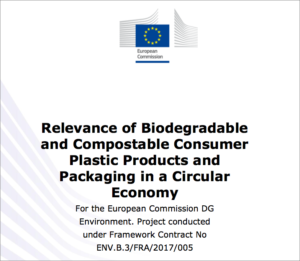A report recently published by the Bio-based Industries Consortium (BIC) and Zero Waste Europe (ZWE) shows that with only 16% of the biowaste potential being used, the biowaste management still remains an untapped potential for the European Union to further transition to a Circular Economy. Both organizations jointly produced a first-of-its-kind report estimating the current and future availability of bio-waste in the EU27. Although the report focuses on food waste, its calculations also cover bio-waste as a whole.
According to the report, the 27 EU Member States (MS) plus the United Kingdom and Norway capture of food waste is 9,520,091 tonnes per year. This is just 16% of the theoretical potential, estimated at 59,938,718 tonnes. The percentage could be multiplied by 5 and, thus, reach 85%. This is clearly showing the need for the EU and MS to maintain and strengthen their efforts in biowaste collection and treatment as key steps towards soil regeneration, circularity and climate neutrality. Biodegradable and compostable plastic, especially compostable biowaste bags and compostable packaging, can play a crucial role in helping to increase the collection rate of biowaste.
The report also highlights best practice examples in bio-waste management. This includes the case of the City of Milan, which is an outstanding example of how residential food waste collection has been implemented. In general, Italy serves as a good country example showing what significant contributions bioplastics can make if the right political framework is in place. The report also makes reference to Catalonia’s landfill tax giving a good example for an economic instrument that aims to promote the collection of bio-waste. Additionally, the document highlights best practice cases in France, where several municipalities took over a pioneer role in promoting the separate collection of bio-waste.
Finally, the report provides a comprehensive overview on the situation in most MS by including country-specific factsheets. They provide calculations for various countries and other specific information that is relevant to bio-waste management strategies and perspectives in that specific country. So far, only a brief summary of the report is available, but the complete report will be published on 6 July.




